2 Answers
### 1. **Delta-Sigma Modulation**
Delta-sigma DACs use a modulation technique called delta-sigma modulation, which involves two key steps: delta modulation and sigma modulation.
- **Delta Modulation:** This step involves taking the difference between successive samples of the digital signal. It’s essentially a way of measuring how much the signal changes from one sample to the next.
- **Sigma Modulation:** In this step, the differences (or deltas) are integrated over time. This integration smooths out the signal, reducing quantization noise and improving the signal-to-noise ratio.
### 2. **Oversampling**
Delta-sigma DACs employ oversampling, meaning the input digital signal is sampled at a rate significantly higher than the Nyquist rate (which is twice the highest frequency of the signal). This high sampling rate spreads the quantization noise over a wider frequency range, allowing the signal of interest to be less affected by this noise.
### 3. **Noise Shaping**
Delta-sigma DACs utilize a process called noise shaping to push quantization noise out of the frequency range of interest. This is achieved through a feedback loop in the delta-sigma modulator:
- **Quantization Noise:** In a delta-sigma DAC, quantization noise (the noise introduced by rounding off values in the digital-to-analog conversion process) is shaped so that it is concentrated at higher frequencies, away from the baseband (the frequency range of interest).
### 4. **Digital Signal Processing**
The digital signal is first processed in the delta-sigma modulator, which includes:
- **Modulator Block:** This block performs the delta-sigma modulation by calculating the difference between the input digital signal and a feedback signal from the output. The result is then quantized (converted to a binary form) and fed back into the modulator to refine the output.
- **Noise Shaping Filter:** This filter reduces the quantization noise in the frequency band where the signal is most important, often through a digital filter.
### 5. **Digital-to-Analog Conversion**
Once the delta-sigma modulation and noise shaping have processed the digital signal, it’s time for the actual conversion to an analog signal. This involves:
- **Pulse Density Modulation (PDM):** The output of the delta-sigma modulator is typically a high-frequency pulse density modulated signal. In this modulation scheme, the density of pulses corresponds to the amplitude of the analog signal.
- **Reconstruction Filter:** To convert the pulse density modulated signal into a smooth analog signal, a reconstruction filter (usually a low-pass filter) is used. This filter smooths out the high-frequency components and leaves behind the desired analog signal.
### 6. **Output**
The final output of the DAC is a smooth analog voltage or current that represents the original digital signal. The precision of this analog output is a result of the oversampling, noise shaping, and filtering processes.
### Summary
In essence, a delta-sigma DAC converts digital signals to analog signals through a combination of delta-sigma modulation, oversampling, and noise shaping. The high sampling rate and sophisticated modulation techniques reduce quantization noise and improve the fidelity of the output signal, making delta-sigma DACs particularly suited for high-resolution audio applications.
### Basic Concepts
1. **Delta-Sigma Modulation**: This is a method of encoding information using a high-frequency pulse-density modulation scheme. In simple terms, it involves the use of a modulator to convert a digital signal into a 1-bit stream at a much higher frequency than the original signal. This high-frequency signal is then averaged over time to approximate the original signal.
2. **Noise Shaping**: Delta-sigma modulation shapes the quantization noise (the error introduced during the conversion process) so that it is pushed out of the band of interest. This noise shaping is one of the key factors in achieving high resolution and low distortion.
### Working Principle of Delta-Sigma DAC
#### 1. **Input Signal**
The DAC receives a digital input signal, which is usually a multi-bit word. This signal represents the amplitude of the analog signal that needs to be reproduced.
#### 2. **Delta-Sigma Modulation**
- **Modulator**: The digital signal is first fed into a delta-sigma modulator. This modulator is a feedback system that consists of a difference amplifier (delta part) and an integrator (sigma part).
- **Difference Amplifier**: It computes the difference between the input signal and the feedback signal (which is the output of the DAC), creating an error signal.
- **Integrator**: This error signal is then integrated over time. The integration process accumulates this error, effectively shaping the noise and pushing it to higher frequencies.
#### 3. **1-bit Quantization**
The integrated signal is then quantized into a 1-bit signal (either 0 or 1). This is done at a much higher frequency than the original digital input, resulting in a high-resolution bitstream.
#### 4. **Digital Filtering**
The 1-bit output is then passed through a digital filter, which is typically a low-pass filter. This filter averages the high-frequency 1-bit signal to smooth out the rapid fluctuations and produce an output that closely resembles the original analog signal.
#### 5. **Output Stage**
The filtered signal is then converted into an analog signal. This involves passing the filtered signal through a reconstruction filter (also known as a low-pass filter), which smooths the signal and removes any remaining high-frequency noise.
### Key Advantages
1. **High Resolution**: Delta-sigma DACs are known for their high resolution because the noise shaping effectively reduces the quantization noise in the frequency band of interest.
2. **Low Distortion**: By pushing quantization noise out of the signal band, delta-sigma DACs provide low distortion and high fidelity.
3. **Error Correction**: The feedback mechanism in the modulator helps to correct errors and improve the accuracy of the conversion process.
### Summary
In summary, a Delta-Sigma DAC works by using delta-sigma modulation to convert a multi-bit digital signal into a high-frequency 1-bit signal. This 1-bit signal is then filtered to reconstruct the analog output. The key principles involve noise shaping and high-frequency modulation, which contribute to the DAC’s high resolution and low distortion.

Applied Physics

Signals and Systems

Digital Electronics
Basic Concepts
Basic Laws
Units
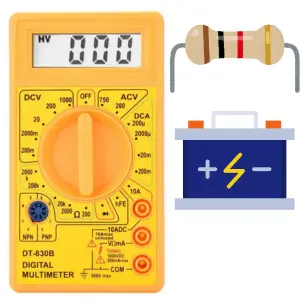
Ohmic Resistors
Capacitors and Inductors
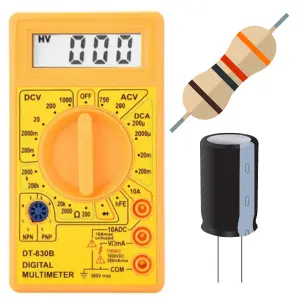
RC Circuit
First-Order Circuits
Second-Order Circuits
Principles Of Circuit Analysis
Sinusoids and Phasors
AC Steady-State Analysis
Single Phase A.C. Circuits
Three-Phase Circuits
Resonance In Series And Parallel Circuits
Network Theorems
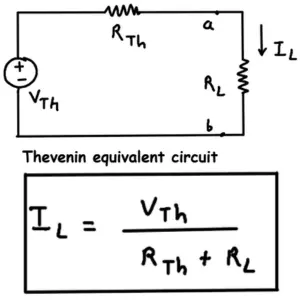
Thevenin's Theorem
Two-port Networks
Digital Electronics

Oscilloscope
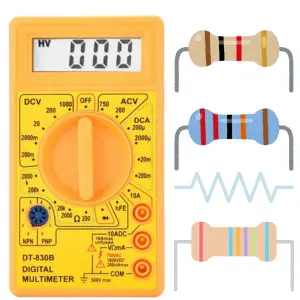
Ohmmeter
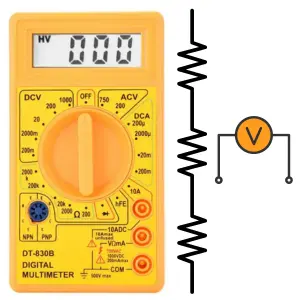
Voltmeter
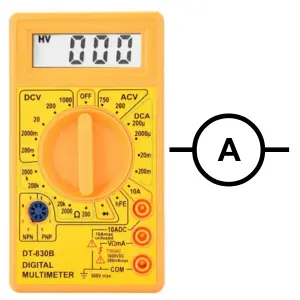
Ammeter
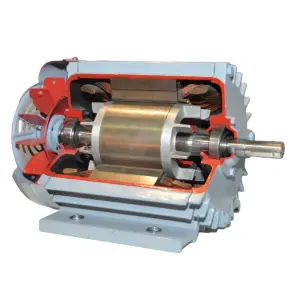
Induction Motor

Transformer
Operational Amplifiers
Components
Symbols
Formulas
EE Notes
EE Dictionary

MCQ Quiz

Interview Q&A
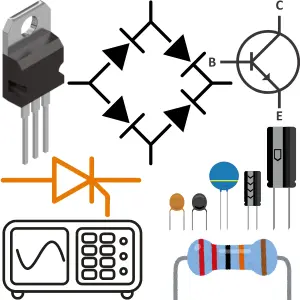
Power Electronics Book
Advanced Calculator

Basic Calculator

Simulator
Videos
Q&A
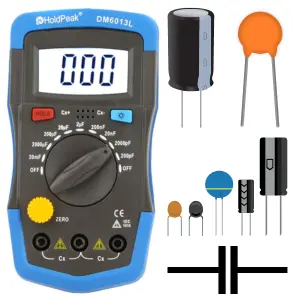
Capacitance Meter

Two Way Switch
Electrical Machines
Power Electronics

Electrical Drives & Their Control

Electrical Safety & Standards

Basics of Electronics Engineering

Electromagnetic Fields

Electrical Machines

More Items Coming Soon...